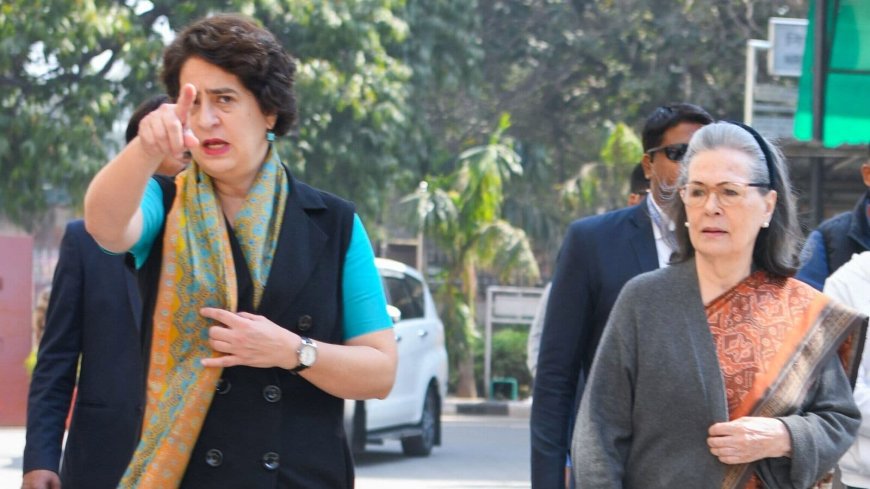Congress reverts to 1960s strategy as it loses multiple elections: What is it?
In response to its political slump, Congress is considering decentralising decision-making to district units, which have been sidelined.

Congress Reverts to 1960s Strategy as It Loses Multiple Elections: What Is It?
In a bid to regain ground after a series of electoral defeats, the Congress party is looking back to its strategies from the 1960s. This reversion to older tactics raises questions about its relevance in the current political landscape. News by dharmyuddh.com explores the implications and potential effectiveness of these strategies in today's context.
Understanding the 1960s Strategy
The Congress party dominated Indian politics during the 1960s, employing various strategies that appealed to a broad segment of the population. This era was marked by strong leadership, development-oriented policies, and an emphasis on national unity. With a strong grassroots presence, Congress was able to secure significant victories across states. However, the relevancy of these strategies in contemporary times is under scrutiny.
Reasons Behind the Shift
Over the past decade, the Congress party has faced numerous electoral challenges, leading to significant losses in both state and national elections. Analysts suggest that the party's struggle to connect with the electorate has prompted it to revisit its historical playbook in hopes of rekindling past successes. By doing so, Congress aims to create a renewed identity that resonates with voters.
What's Different Today?
The political environment has drastically changed since the 1960s. Today’s electorate is more informed, diverse, and influenced by social media. The issues of economic disparity, caste politics, and regional identities play a crucial role in the voting behavior of people. For Congress, simply employing the strategies of the past without adapting them to the present realities may not yield the desired results. This adaptation will be pivotal for success in future elections.
Potential Outcomes of This Strategy
Reviving old strategies might provide short-term gains for Congress, but challenges remain. It must be careful not to alienate younger voters who might see these tactics as outdated. The party's leadership will need to balance a blend of traditional approaches while integrating modern elements that speak to current issues faced by citizens.
As Congress attempts to carve a path back to relevance, the effectiveness of this strategy will depend on its ability to resonate authentically with the public. The upcoming elections will serve as a litmus test for the Congress party's revised approach.
For more updates, visit dharmyuddh.com. Keywords: Congress 1960s strategy, Congress party elections, history of Congress party, electoral defeats of Congress, India politics strategies, modern political strategies Congress, relevance of old strategies in elections, Congress party voter engagement, historical political strategies in India







